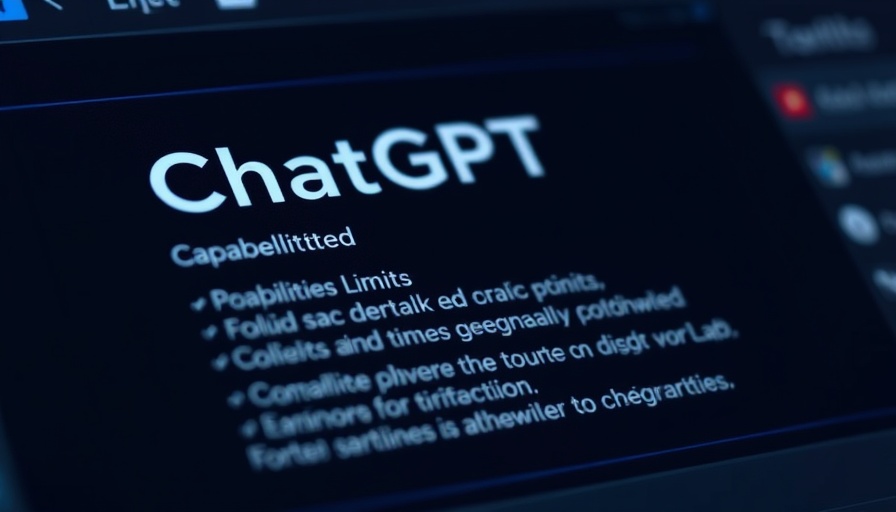
Unlocking Real-World Software Engineering with OpenAI's SWE-Lancer Benchmark
In an age where artificial intelligence (AI) is reshaping the landscape of countless professions, OpenAI has boldly stepped forward by introducing the SWE-Lancer benchmark. This sophisticated evaluation tool offers insights into the capabilities of advanced AI language models, particularly in the context of real-world freelance software engineering tasks. Drawing from a comprehensive dataset comprising over 1,400 projects from Upwork, with a total monetary value of $1 million, SWE-Lancer stands out as a revolutionary approach to understanding AI’s role in software development.
Understanding the SWE-Lancer Benchmark
The SWE-Lancer project emphasizes rigorous evaluations that reflect both the economic aspects of software engineering tasks and their inherent complexities. The benchmark includes a wide variety of assignments, from straightforward bug fixes worth $50 to complex feature implementations valued at $32,000. Furthermore, it encompasses managerial decisions where models must evaluate and choose between different technical proposals, mimicking the multifaceted nature of freelance work.
Model performance is scrutinized through advanced end-to-end testing methods, verified by professional engineers, to ensure a high standard of evaluation. Despite the progress in AI technologies, preliminary results reveal that numerous current models struggle significantly, achieving only a modest success rate, such as the best-performing model, Claude 3.5 Sonnet, which managed a mere 26.2% on coding tasks.
The Importance of Rigorous Evaluation
This thorough evaluation approach is paramount in understanding how AI models can impact the software engineering sector. As AI continues to evolve, ensuring that these systems can tackle real-world complexities is crucial. This benchmark not only tests technical capabilities but also integrates a practical perspective by associating success with actual monetary values. By doing so, it encourages developers and researchers to refine AI models and address the shortcomings identified during assessments.
Insight into Economic Implications
The SWE-Lancer benchmark could herald significant shifts in labor market dynamics, particularly in software development. OpenAI's initiative aligns with broader industry trends aiming for a future where AI-powered tools enhance productivity and reduce manual workloads for developers. As Gartner predicts, the adoption of AI-driven software engineering intelligence platforms is on the horizon, and SWE-Lancer serves as a critical first step in realizing these ambitions.
Real-World Applications and Future Expectations
While some skeptics have expressed concerns about the benchmark's niche appeal, others view it as a vital part of understanding AI's socioeconomic impacts on software engineering. The challenges highlighted by the SWE-Lancer benchmark suggest that continuous improvement in model design and training will be necessary. Notably, many existing models lack the essential reasoning capabilities required to navigate complex decision-making tasks effectively.
This positions SWE-Lancer as both a catalyst for innovation and a gauge of AI’s readiness to face the gig economy. The potential exists for AI to enhance the lives of freelance software engineers by streamlining processes and possibly redefining how tasks are allocated and completed.
Taking Action: The Future Awaits
As the field of AI continues to mature, it’s essential for enthusiasts and professionals alike to engage with these advancements critically. The data provided by benchmarks like SWE-Lancer can help inform decisions about AI adoption in various sectors. For all who are passionate about AI’s potential to revolutionize software engineering, there has never been a better time to get involved in discussions and research that shape the future of our industry.
In conclusion, OpenAI's SWE-Lancer benchmark is not just another academic exercise; it is a groundbreaking tool that lays the groundwork for understanding the interplay between AI technologies and real-world applications in software engineering.
 Add Row
Add Row  Add
Add 




 Add Row
Add Row  Add
Add 

Write A Comment